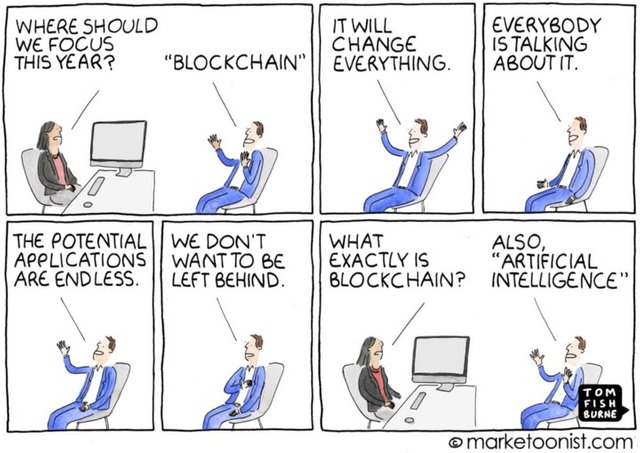What is blockchain?
What is a blockchain?
To examine some of these claims, we have to define what a blockchain is and herein lies a lot of the confusion. Many companies use the word “blockchain” to mean some sort of magical device by which all their data will never be wrong. Such a device, of course, does not exist, at least when the real world is involved.

So what is a blockchain? Technically speaking, a blockchain is a linked list of blocks and a block is a group of ordered transactions. If you didn’t understand the last sentence, you can think of a blockchain as a subset of a database, with a few additional properties.
The main thing distinguishing a blockchain from a normal database is that there are specific rules about how to put data into the database. That is, it cannot conflict with some other data that’s already in the database (consistent), it’s append-only (immutable), and the data itself is locked to an owner (ownable), it’s replicable and available. Finally, everyone agrees on what the state of the things in the database are (canonical) without a central party (decentralized).
It is this last point that really is the holy grail of blockchain. Decentralization is very attractive because it implies there is no single point of failure. That is, no single authority will be able to take away your asset or change “history” to suit their needs. This immutable audit trail where you don’t have to trust anyone is the benefit that everyone that’s playing with this technology is looking for. This benefit, however, come at a great cost.
well define